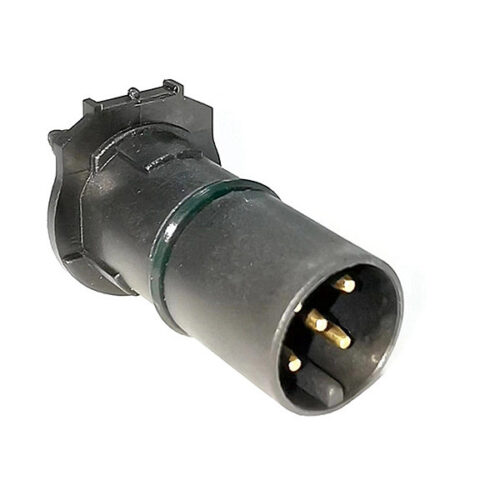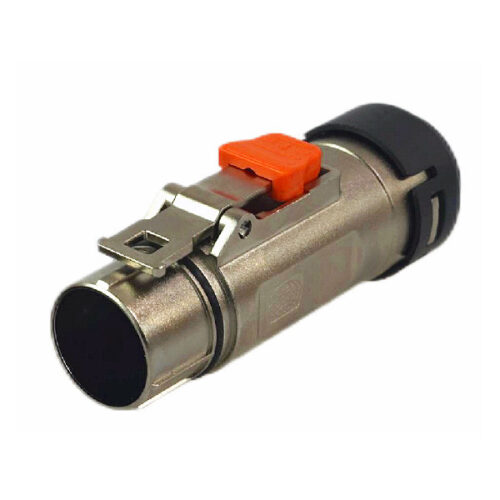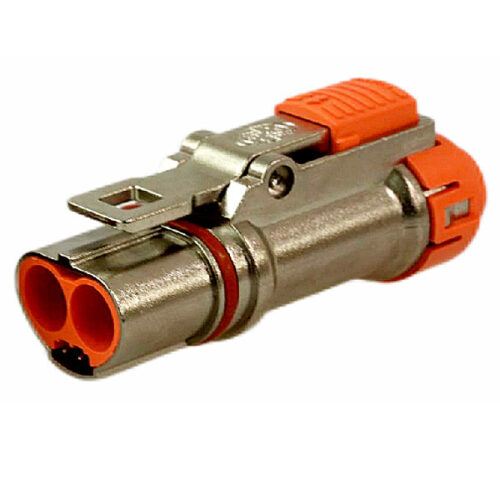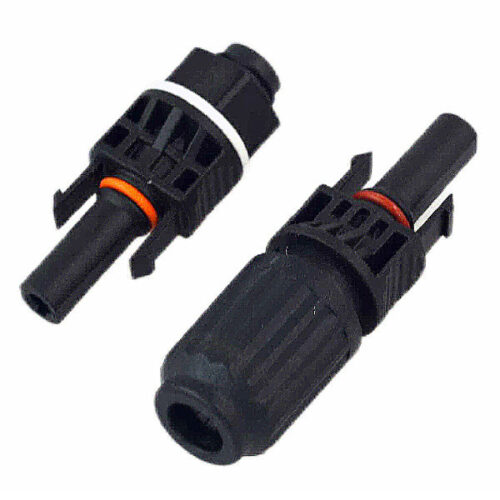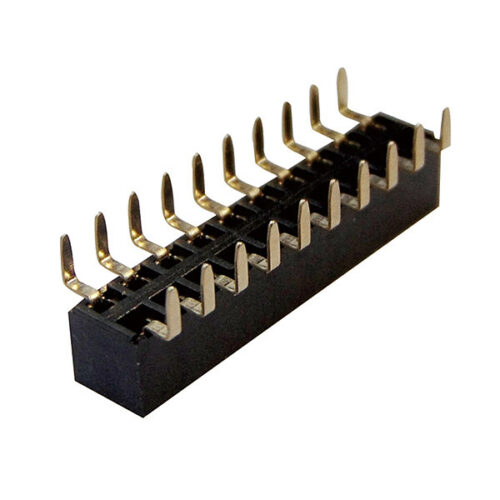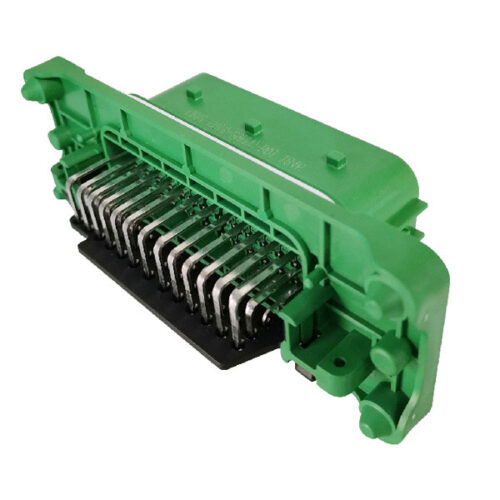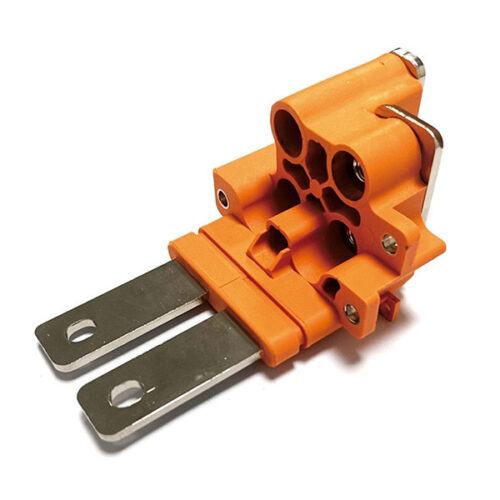Blogs & News
We are focus on automotive wiring harness & connectors technology.
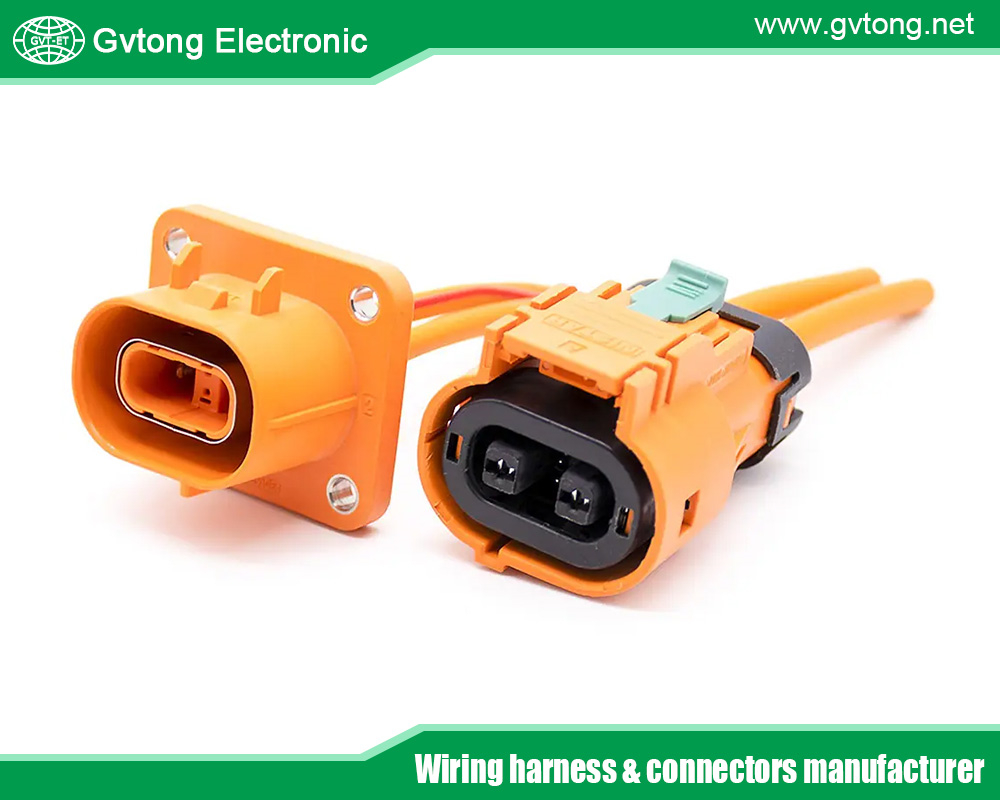
The Factors That Cause Pin Misalignment in Your Car’s Connectors
- Gvtong Electronic
- 2p 32p Automotive Connector Terminal Crimping, Automotive and Sealed PCB Wire Connectors, Automotive and Transportation Connector Companies Russia, automotive antenna connector, automotive camera connector, automotive camera connector malaysia, automotive camera connector manufacturer, automotive camera connector manufacturer in malaysia, Automotive camera connector types, Automotive Camera Connectors, Automotive Camera LVDS Cable-Waterproof, Automotive Camera Module Connectors, Automotive Coaxial Camera Connectors, automotive coaxial connector, automotive connector, Automotive Connector and Cable Products, automotive connector companies, automotive connector companies in russia, automotive connector manufacturer, Automotive Connector Manufacturers in 2025, automotive connector manufacturers in china, Automotive Connector Supplier, Automotive Connector Terminal China, automotive connectors, automotive connectors and terminals, automotive connectors factory, automotive connectors hotsale, automotive connectors manufacturer
- No Comments
The Factors That Cause Pin Misalignment in Your Car’s Connectors
Modern vehicles rely heavily on intricate electrical systems, with connectors serving as critical components for transmitting power and data between various modules. These connectors, often equipped with multiple pins, ensure seamless communication between systems like the engine control unit (ECU), sensors, infotainment, and more. However, pin misalignment in these connectors can lead to malfunctioning systems, intermittent faults, or complete failure of critical vehicle functions. Misaligned pins can cause issues ranging from faulty sensor readings to inoperative lights or even engine misfires. Understanding the factors that contribute to pin misalignment is essential for car owners and mechanics alike to prevent costly repairs and maintain vehicle reliability. This article explores the primary causes of pin misalignment in automotive connectors, including environmental factors, mechanical stress, manufacturing defects, improper handling, and electrical issues. By identifying these factors, we can adopt preventive measures to ensure the longevity and performance of a vehicle’s electrical system.
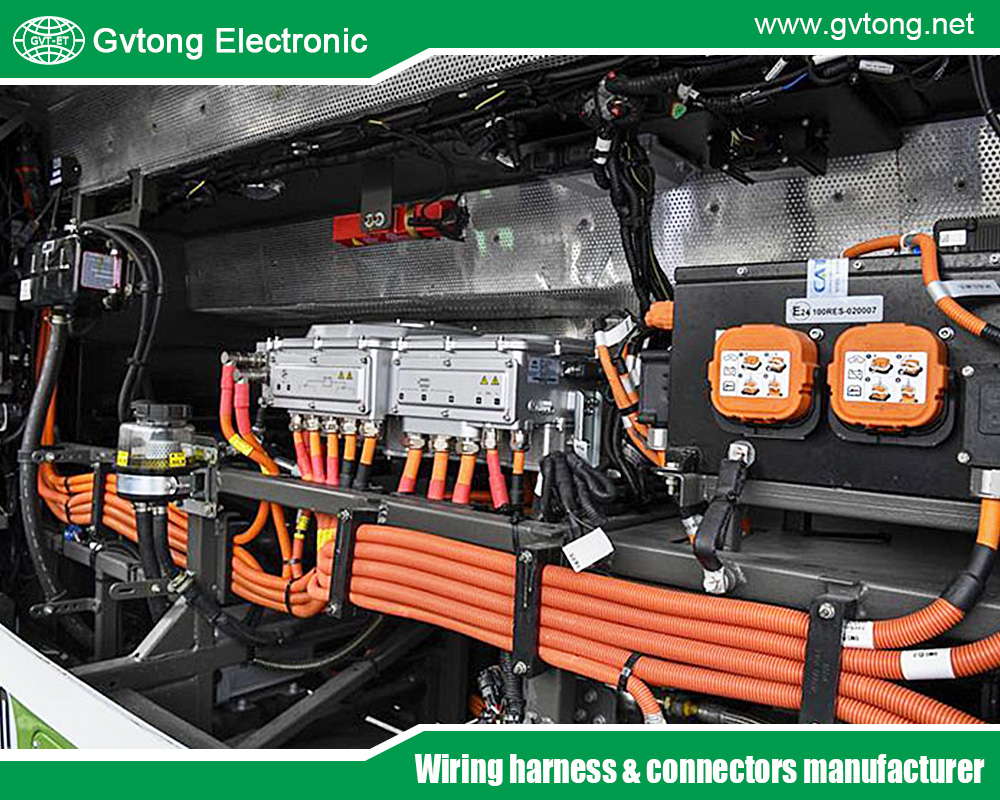
Environmental Factors
Environmental conditions play a significant role in causing pin misalignment in automotive connectors. Cars operate in diverse climates, from scorching deserts to freezing winters, and connectors are exposed to elements that can degrade their structural integrity.
Temperature Extremes
High temperatures can cause plastic connector housings to soften or warp, leading to misalignment of the pins within. For example, connectors near the engine bay, where temperatures can exceed 100°C, are particularly vulnerable. Conversely, extremely low temperatures can make plastic brittle, increasing the likelihood of cracking or deformation during connection or disconnection. Repeated thermal cycling—expansion and contraction due to temperature fluctuations—can gradually shift pins out of alignment.
Moisture and Corrosion
Moisture ingress is a common culprit in automotive environments, especially in connectors exposed to rain, road splash, or humidity. Water can seep into connectors that lack proper sealing, leading to corrosion of metal pins. Corroded pins may swell or develop uneven surfaces, making it difficult to achieve proper alignment during mating. Additionally, corrosion can weaken the pin’s anchoring within the connector housing, allowing it to shift or bend.
Dust and Debris
Dust, dirt, and other contaminants can accumulate inside connectors, particularly in off-road vehicles or those driven in dusty environments. Foreign particles can obstruct the precise alignment of pins during connection, forcing them out of position. Over time, repeated mating with debris present can cause permanent misalignment or damage to the pins.
Preventive Measures:
- Use connectors with robust sealing (IP67 or higher ratings) to protect against moisture and dust.
- Regularly inspect and clean connectors in high-risk areas, such as those near wheels or under the hood.
- Apply dielectric grease to connectors to repel moisture and reduce corrosion.
Mechanical Stress and Vibration
Automotive connectors are subjected to constant mechanical stress due to the dynamic nature of a vehicle’s operation. Vibration, impact, and improper installation are key contributors to pin misalignment.
Vibration
Vehicles generate significant vibrations from the engine, road conditions, and suspension movement. These vibrations can loosen pins within their housing, especially in connectors that are not securely fastened. Over time, the repetitive motion can cause pins to shift, bend, or lose their precise alignment. Connectors in high-vibration areas, such as those near the engine or transmission, are particularly susceptible.
Physical Impact
Accidental impacts, such as those occurring during maintenance or collisions, can directly damage connectors. A forceful impact can bend pins or crack the connector housing, disrupting the alignment. Even minor impacts, like dropping a connector during installation, can cause subtle misalignments that lead to connection issues later.
Improper Mating and Unmating
Forcing connectors together without proper alignment during installation can bend or displace pins. Similarly, pulling connectors apart at an angle or with excessive force can damage the pins or their housing. This is a common issue during DIY repairs or when technicians rush through maintenance tasks.
Preventive Measures:
- Secure connectors with proper mounting clips or brackets to minimize vibration-related movement.
- Use connectors with locking mechanisms to ensure stable mating.
- Train technicians to handle connectors carefully, aligning them properly before applying force.
- Inspect connectors for signs of mechanical damage during routine maintenance.
Manufacturing Defects
While modern manufacturing processes are highly precise, defects can still occur and contribute to pin misalignment in automotive connectors.
Poor Pin Anchoring
During manufacturing, pins are inserted into the connector housing and secured in place. If the anchoring process is flawed—due to weak materials, improper molding, or inadequate quality control—pins may not be firmly held. This can lead to movement or misalignment over time, especially under vibration or thermal stress.
Material Quality Issues
Low-quality materials in the connector housing or pins can exacerbate misalignment. For instance, substandard plastic may deform under heat or stress, while inferior metal pins may bend or corrode easily. Manufacturers cutting corners to reduce costs can inadvertently introduce these issues.
Tolerance Errors
Connectors are designed with tight tolerances to ensure precise pin alignment. Even minor deviations in the molding of the housing or the shaping of pins can result in misalignment. These errors may not be immediately apparent but can manifest during repeated mating cycles or under environmental stress.
Preventive Measures:
- Source connectors from reputable manufacturers with stringent quality control standards.
- Inspect new connectors for visible defects before installation.
- Use diagnostic tools to test connector performance during vehicle assembly to catch manufacturing issues early.
Improper Handling and Maintenance
Human error during installation, repair, or maintenance is a significant cause of pin misalignment in automotive connectors.
Incorrect Installation
Technicians or DIY enthusiasts may misalign connectors during installation, forcing pins into incorrect positions. This is especially common with multi-pin connectors, where ensuring proper orientation can be challenging without careful attention.
Use of Incompatible Tools
Using improper tools, such as pliers or screwdrivers, to mate or unmate connectors can exert uneven force, bending pins or damaging the housing. Specialized tools, like connector release tools, are designed to prevent such damage but are not always used.
Lack of Regular Maintenance
Neglecting routine inspections can allow minor misalignments to go unnoticed until they cause significant issues. For example, a slightly bent pin may still function initially but could lead to intermittent faults or complete failure over time.
Preventive Measures:
- Provide training for technicians on proper connector handling techniques.
- Use manufacturer-recommended tools for connector installation and removal.
- Implement regular maintenance schedules to inspect and clean connectors.
Electrical Overload and Arcing
Electrical issues within a vehicle’s system can indirectly contribute to pin misalignment by causing physical damage to connectors.
Overcurrent and Heat
Excessive current flowing through a connector, often due to a short circuit or overloaded circuit, can generate heat that warps the connector housing or melts the pin insulation. This thermal damage can shift pins out of alignment or weaken their anchoring.
Arcing
When connectors are mated or unmated under load (i.e., with power still applied), electrical arcing can occur. Arcing can erode pin surfaces, create uneven contact points, or deposit carbon residue, all of which can interfere with proper alignment during subsequent connections.
Preventive Measures:
- Ensure circuits are properly fused to prevent overcurrent conditions.
- Disconnect power before mating or unmating connectors to avoid arcing.
- Use connectors rated for the expected electrical load to minimize heat buildup.
Preventive Strategies and Best Practices
Preventing pin misalignment requires a combination of proactive maintenance, careful handling, and the use of high-quality components. Here are some best practices:
- Regular Inspections: Schedule periodic checks of connectors, focusing on high-risk areas like the engine bay or undercarriage. Look for signs of corrosion, deformation, or loose pins.
- Use Quality Components: Invest in connectors from trusted manufacturers with proven durability and compliance with automotive standards (e.g., SAE or ISO).
- Environmental Protection: Apply weatherproof seals or protective covers to connectors exposed to harsh conditions. Dielectric grease can enhance resistance to moisture and corrosion.
- Proper Training: Educate technicians and DIYers on correct connector handling, emphasizing the importance of alignment and the use of appropriate tools.
- Vibration Management: Secure connectors with clips, ties, or brackets to reduce movement caused by vehicle vibrations.
- Electrical Safety: Always verify that circuits are de-energized before working on connectors to prevent arcing or heat damage.
By adopting these practices, car owners and mechanics can significantly reduce the risk of pin misalignment, ensuring reliable vehicle performance.
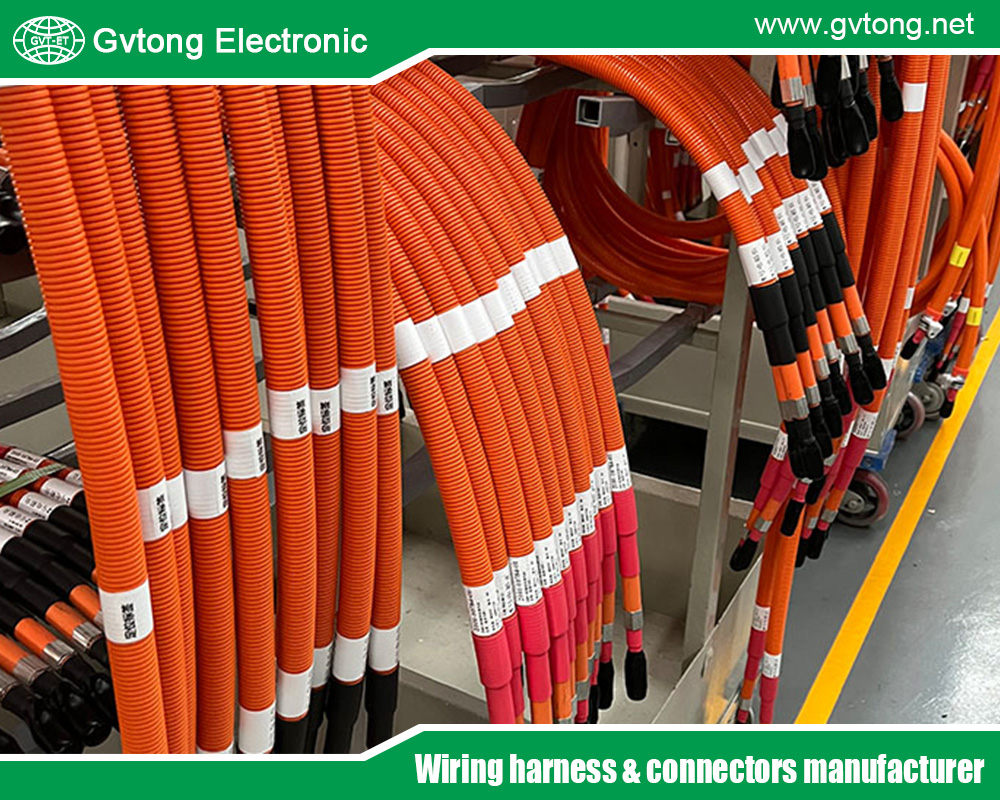
Conclusion
Pin misalignment in automotive connectors is a preventable issue that can lead to significant vehicle malfunctions if left unaddressed. Environmental factors like temperature extremes, moisture, and debris, combined with mechanical stress, manufacturing defects, improper handling, and electrical issues, are the primary culprits. By understanding these factors, car owners and mechanics can take proactive steps to mitigate risks. Regular inspections, the use of high-quality connectors, proper handling techniques, and environmental protections are key to maintaining the integrity of a vehicle’s electrical system. As vehicles become increasingly reliant on complex electronics, addressing pin misalignment becomes even more critical. By staying vigilant and adopting best practices, you can ensure your car’s connectors remain aligned and functional, reducing the likelihood of costly repairs and keeping your vehicle running smoothly for years to come.
For more about the factors that cause pin misalignment in your car’s connectors, you can pay a visit to Gvtong at https://www.gvtong.net/ for more info.

